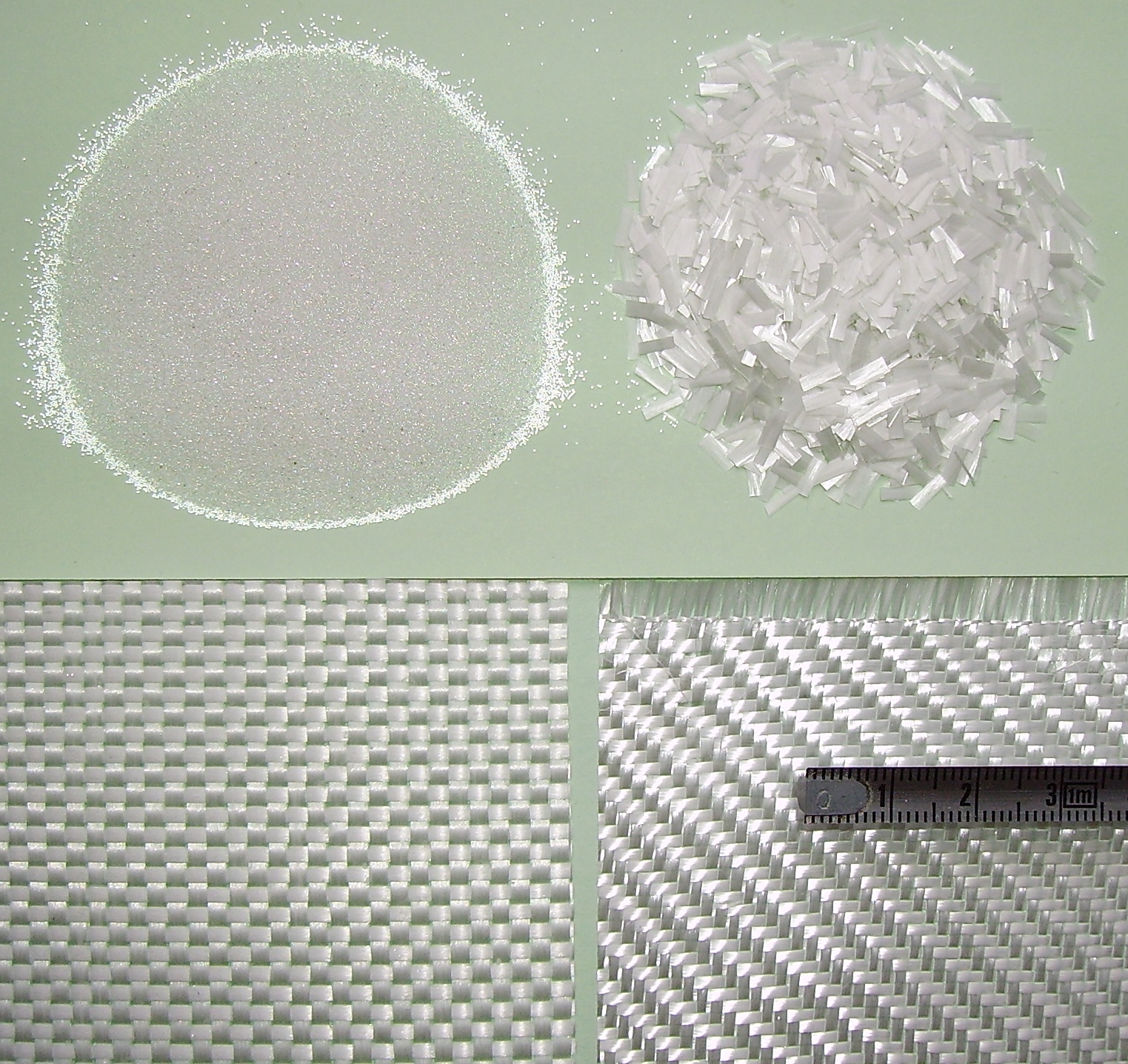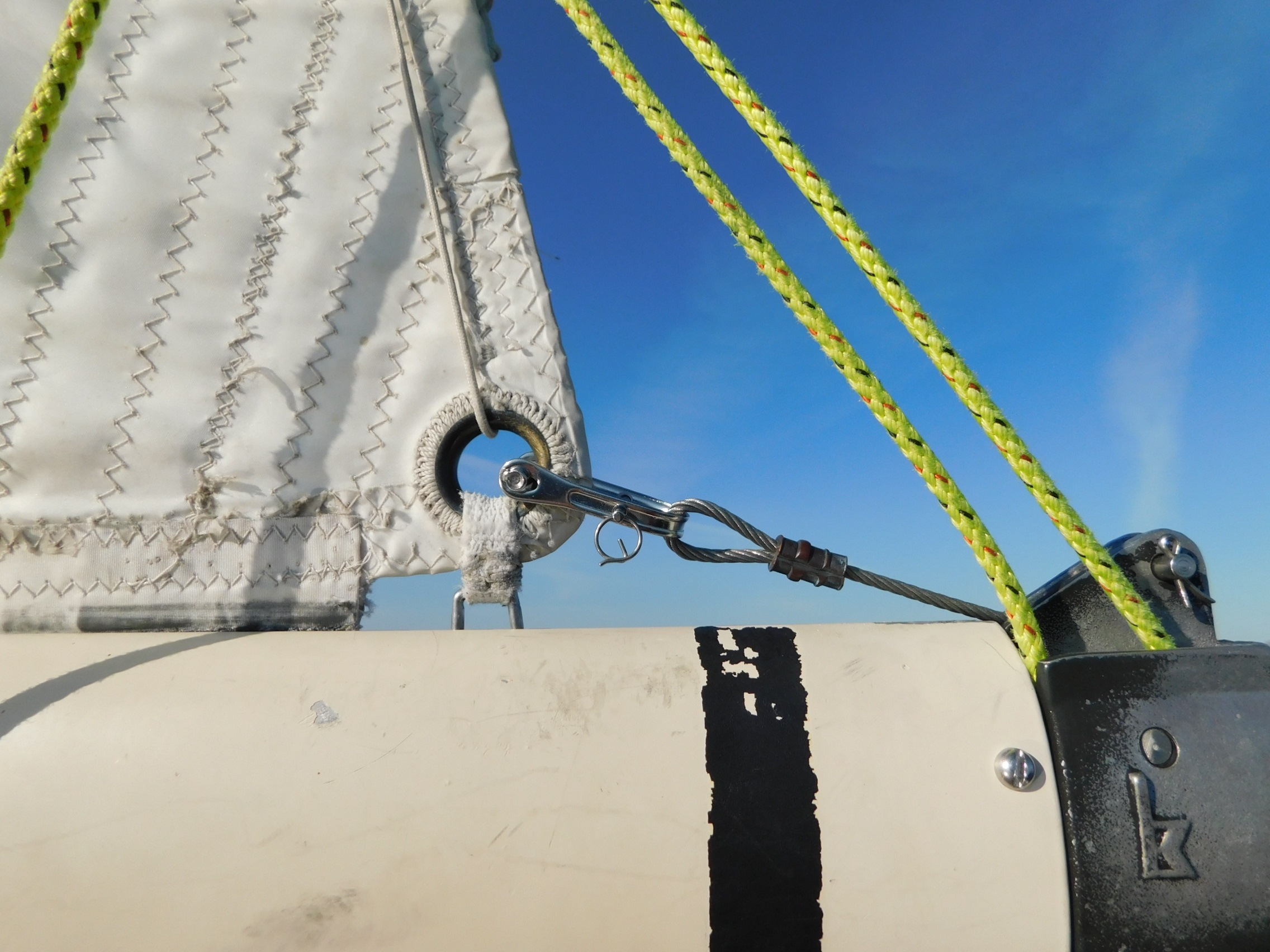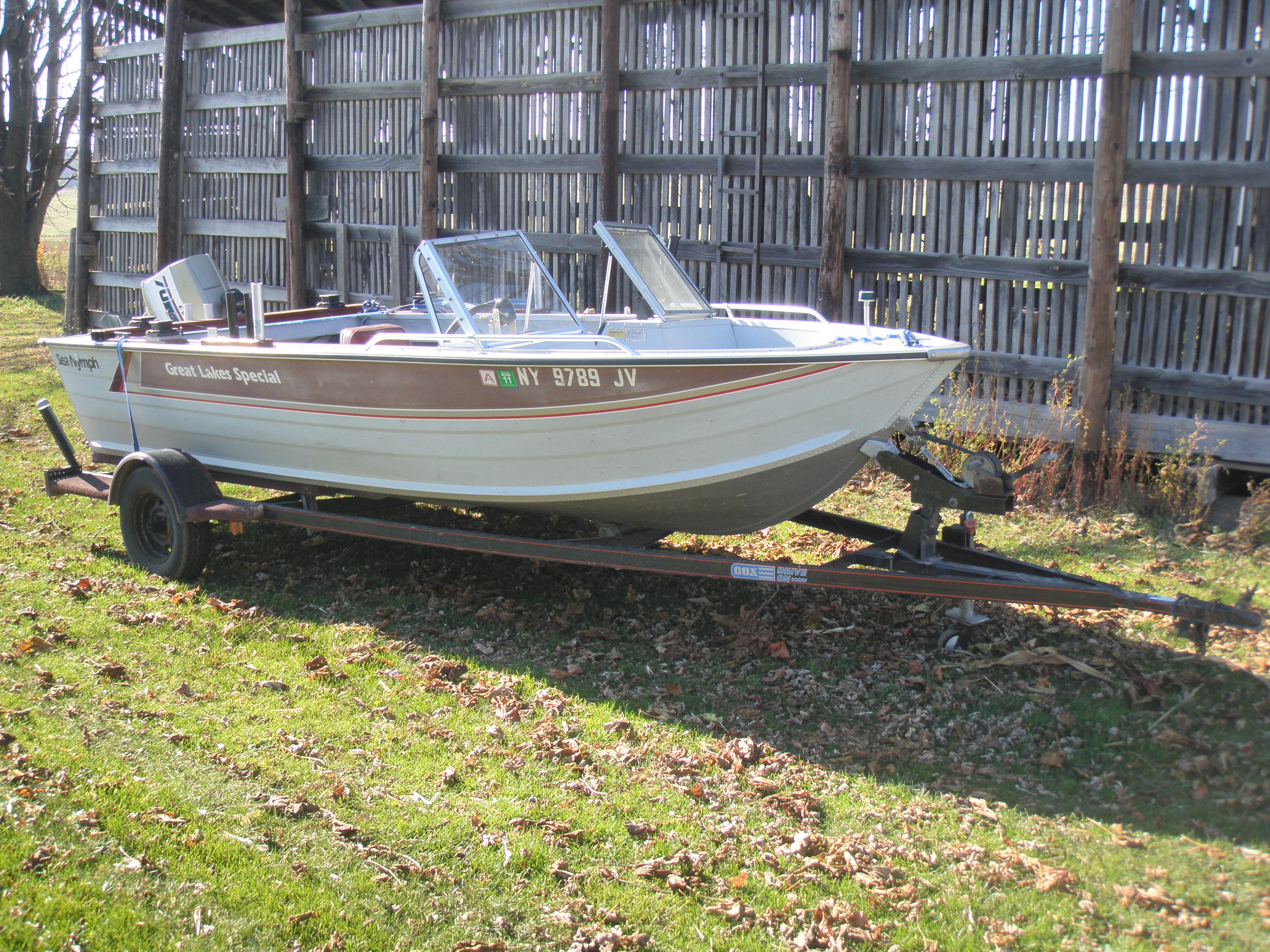|
Designers Choice
The Designers Choice is an American sailing dinghy that was designed by Sparkman & Stephens as a sail training and racing boat and first built in 1978. It was Sparkman & Stephens' design #2349.Sherwood, Richard M.: ''A Field Guide to Sailboats of North America, Second Edition'', pages 48-49. Houghton Mifflin Company, 1994. The Designers Choice was later developed into the Shadow, by making the cockpit longer and deeper and adding internal seating. Production The design was built by Howmar Boats in the United States starting in 1978. A total of 1,500 boats were produced, but the company went out of business in 1983 and the boat went out of production at that time. Design The Designers Choice is a recreational sailboat, built predominantly of fiberglass. The hull design is flat aft, so the boat will plane. It has a fractional sloop rig with anodized aluminum spars and a loose-footed mainsail. The hull has a slightly raked stem, a vertical transom, a transom-hung, kick-up rud ... [...More Info...] [...Related Items...] OR: [Wikipedia] [Google] [Baidu] |
Sparkman & Stephens
Sparkman & Stephens is a naval architecture and yacht brokerage firm with offices in Newport, Rhode Island and Ft. Lauderdale, Florida, USA. The firm performs design and engineering of new and existing vessels for pleasure, commercial, and military use. Sparkman & Stephens also acts as a yacht and ship brokerage. The firm offers similar design and engineering services for the performance optimization of existing yachts. Their designs have won most of the major international yacht races such as the America's Cup, for several decades, including a string of victories in the Fastnet and Sydney to Hobart as well as winning twice the Whitbread Round the World Race by ''Sayula II'' in 1974 and '' Flyer'' in 1978. S&S has a number of custom yacht design projects as well as being designers for boat builders such as Nautor's Swan, Grand Banks Yachts, and Morris Yachts. With more than 100 units built, the S&S design #1710 also known as Swan 36 became the most utilized design in the hi ... [...More Info...] [...Related Items...] OR: [Wikipedia] [Google] [Baidu] |
Fiberglass
Fiberglass (American English) or fibreglass (Commonwealth English) is a common type of fiber-reinforced plastic using glass fiber. The fibers may be randomly arranged, flattened into a sheet called a chopped strand mat, or woven into glass cloth. The plastic matrix may be a thermoset polymer matrix—most often based on thermosetting polymers such as epoxy, polyester resin, or vinyl ester resin—or a thermoplastic. Cheaper and more flexible than carbon fiber, it is stronger than many metals by weight, non- magnetic, non- conductive, transparent to electromagnetic radiation, can be molded into complex shapes, and is chemically inert under many circumstances. Applications include aircraft, boats, automobiles, bath tubs and enclosures, swimming pools, hot tubs, septic tanks, water tanks, roofing, pipes, cladding, orthopedic casts, surfboards, and external door skins. Other common names for fiberglass are glass-reinforced plastic (GRP), glass-fiber reinforced plastic ... [...More Info...] [...Related Items...] OR: [Wikipedia] [Google] [Baidu] |
Cunningham (sailing)
In sailing, a cunningham or cunningham's eye is a type of downhaul used on a Bermuda rigged sailboat to change the shape of a sail. It is named after its inventor, Briggs Cunningham, a victorious America's Cup skipper and yacht builder. The cunningham differs from a typical downhaul in the way that it attaches to the sail. The system usually consists of a line which is secured at one end to the mast Mast, MAST or MASt may refer to: Engineering * Mast (sailing), a vertical spar on a sailing ship * Flagmast, a pole for flying a flag * Guyed mast, a structure supported by guy-wires * Mooring mast, a structure for docking an airship * Radio mast ... or boom below the foot of the mainsail. It is then passed through a cringle in the luff of the sail near the foot, but above the tack, and then led down on the other side to a fitting on the mast or boom or on deck. The tension in the luff of the sail is adjusted using a combination of the halyard and the cunningham (where fi ... [...More Info...] [...Related Items...] OR: [Wikipedia] [Google] [Baidu] |
Boom Vang
A boom vang (US) or kicking strap (UK) (often shortened to "vang" or "kicker") is a line or piston system on a sailboat used to exert downward force on the Boom (sailing), boom and thus control the shape of the sail. The Collins English Dictionary defines it as "A rope or tackle extended from the boom of a fore-and-aft mainsail to a deck fitting of a vessel when running, in order to keep the boom from riding up". The vang typically runs from the base of the Mast (sailing), mast to the Boom (sailing), boom. Due to the great force necessary to change the height of the boom while a boat is under sail, a line-based boom vang usually includes some sort of a pulley system. Hydraulic piston vangs are used on larger sailboats and controlled by manual or electric hydraulic pumps. By controlling leech tension, the boom vang is one way of controlling sail twist. The boom vang may also be used to flatten the mainsail on dinghy, dinghies. On small sailboats and some cruising sailboats a va ... [...More Info...] [...Related Items...] OR: [Wikipedia] [Google] [Baidu] |
Outhaul , recommended that the outhaul, along with the other sail controls on a racing sailboat, should be knotted and the boom mark ...
An outhaul is a control line found on a sailboat. It is an element of the running rigging, used to attach the mainsail clew to the boom and tensions the foot of the sail. It commonly uses a block at the boom end and a cleat on the boom, closer to the mast, to secure the line. The outhaul is loosened to provide a fuller camber or tightened to give the sail foot a flatter camber. Depending on the wind, this will increase or decrease boat speed. Sailboat designer and sailing theorist, Frank Bethwaite Francis Dewar Bethwaite (26 May 1920 – 12 May 2012) was a New Zealand naval architect, author and Olympic meteorologist. [...More Info...] [...Related Items...] OR: [Wikipedia] [Google] [Baidu] |
Boat Trailer
A boat trailer is designed to launch, retrieve, carry and sometimes store boats. Commercial boat trailers Commercial hydraulic boat trailers are used by marinas, boat yards, boat haulers, boat dealers and boat builders. Generally this type of trailer is not used for storage of the boat. Self-propelled Self-propelled boat movers are not strictly trailers, but hydraulically operated boat movers, with their own tractor unit. They share all of the features of hydraulic boat trailers. Non-commercial boat trailers This type of trailer is usually used by the boat owner/operator. The trailer is also used for storage. * Roll-on, also known as a "Roller style trailer", uses rubber and/or polyurethane rollers for ease of launching and loading a boat. * Glide-path, also known as a "Float-on style trailer", allows the boat to float onto the trailer; after the trailer has been partially submerged (usually of the trailer). Since its inception, it has become quite popular compared to the ... [...More Info...] [...Related Items...] OR: [Wikipedia] [Google] [Baidu] |
Beaching (nautical)
Beaching (or Landing) is the process in which a ship or boat is laid ashore, or grounded deliberately in shallow water. This is more usual with small flat-bottomed boats. Larger ships may be beached deliberately; for instance, in an emergency, a damaged ship might be beached to prevent it from sinking in deep water. Some vessels are designed to be loaded and unloaded by beaching; vessels of this type used by the military to disembark troops under fire are called landing craft. During the age of sail, vessels were sometimes beached to allow them to be rolled over for the hull to be maintained, a process called '' careening''. Ships scheduled for break-up are sometimes intentionally beached to make the procedure easier. See also * Landing craft * Shipwrecking Shipwrecking is an event that causes a shipwreck, such as a ship striking something that causes the ship A ship is a large watercraft that travels the world's oceans and other sufficiently deep waterways, carryi ... [...More Info...] [...Related Items...] OR: [Wikipedia] [Google] [Baidu] |
Draft (hull)
The draft or draught of a ship's hull is the vertical distance between the waterline and the bottom of the hull ( keel). The draught of the vessel is the maximum depth of any part of the vessel, including appendages such as rudders, propellers and drop keels if deployed. Draft determines the minimum depth of water a ship or boat can safely navigate. The related term air draft is the maximum height of any part of the vessel above the water. The more heavily a vessel is loaded, the deeper it sinks into the water, and the greater its draft. After construction, the shipyard creates a table showing how much water the vessel displaces based on its draft and the density of the water (salt or fresh). The draft can also be used to determine the weight of cargo on board by calculating the total displacement of water, accounting for the content of the ship's bunkers, and using Archimedes' principle. The closely related term "trim" is defined as the difference between the forward and a ... [...More Info...] [...Related Items...] OR: [Wikipedia] [Google] [Baidu] |
Tiller
A tiller or till is a lever used to steer a vehicle. The mechanism is primarily used in watercraft, where it is attached to an outboard motor, rudder post or stock to provide leverage in the form of torque for the helmsman to turn the rudder. A tiller may also be used in vehicles outside of water, and was seen in early automobiles. On vessels, a tiller can be used by the helmsman directly pulling or pushing it, but it may also be moved remotely using tiller lines or a ship's wheel. Rapid or excessive movement of the tiller results in an increase in drag and will result in braking or slowing the boat. Description A tiller is a lever used to steer a vehicle. It provides leverage in the form of torque to turn the device that changes the direction of the vehicle, such as a rudder on a watercraft or the surface wheels on a wheeled vehicle. A tiller can be used by directly pulling or pushing it, but it may also be moved remotely using tiller lines or a ship's wheel; some kay ... [...More Info...] [...Related Items...] OR: [Wikipedia] [Google] [Baidu] |
Transom (nautical)
A transom is the vertical reinforcement which strengthens the stern of a boat. This flat termination of the stern is typically above the waterline. The term was used as far back as Middle English in the 1300s, having come from Latin ''transversus'' (transverse) via Old French ''traversain'' (set crosswise). The stern of a boat is typically vertical. It can be raked such that there is an overhang above the water, as at the bow. A reverse transom is angled from the waterline forwards. Transoms can be used to support a rudder, outboard motor, or as a swimming and access platform. Gallery File:The Bermuda cedar (Juniperus bermudiana) transom of Spirit of Bermuda, 2016.jpg, The Bermuda cedar transom of the Spirit of Bermuda File:Sea Scooter transom.jpg, Flat transom on a dinghy with mount points for a rudder. File:Coble on shore at Boulmer (2) - geograph.org.uk - 1381157.jpg, Raked transom with rudder mount points. File:CS 30 Sailboat Kelsea 0297.jpg, Reverse transom with rudde ... [...More Info...] [...Related Items...] OR: [Wikipedia] [Google] [Baidu] |
Raked Stem
The stem is the most forward part of a boat or ship's bow and is an extension of the keel itself. It is often found on wooden boats or ships, but not exclusively. Description The stem is the curved edge stretching from the keel below, up to the gunwale of the boat. It is part of the physical structure of a wooden boat or ship that gives it strength at the critical section of the structure, bringing together the port and starboard side planks of the hull. Plumb and raked stem There are two styles of stems: ''plumb'' and ''raked''. When the stem comes up from the water, if it is perpendicular to the waterline it is "plumb". If it is inclined at an angle to the waterline it is "raked". (For example, "The hull is single decked and characterized by a plumb stem, full bows, straight keel, moderate deadrise, and an easy turn of bilge.") Stemhead Because the stem is very sturdy, the top end of it may have something attached, either ornamental or functional in nature. On smalle ... [...More Info...] [...Related Items...] OR: [Wikipedia] [Google] [Baidu] |
Mainsail
A mainsail is a sail rigged on the main mast of a sailing vessel. * On a square rigged vessel, it is the lowest and largest sail on the main mast. * On a fore-and-aft rigged vessel, it is the sail rigged aft of the main mast. The sail's foot is normally attached to a boom. (In extremely heavy weather, the mainsail may be lowered, and a much smaller trysail hoisted in its place). Historical fore-and-aft rigs used a four-sided gaff rigged mainsail, sometimes setting a gaff topsail above it. Whereas once the mainsail was typically the largest sail, today the mainsail may be smaller than the jib or genoa; Prout catamarans typically have a mainmast stepped further aft than in a standard sloop, so that the mainsail is much smaller than the foresail. Bermuda rig The modern Bermuda rig uses a triangular mainsail aft of the mast, closely coordinated with a jib for sailing upwind. A large overlapping jib or genoa Genoa ( ; it, Genova ; lij, Zêna ). is the capital of ... [...More Info...] [...Related Items...] OR: [Wikipedia] [Google] [Baidu] |






